Kamchatka, July 31 (V7N) — A powerful magnitude 8.8 earthquake struck off Russia’s Far Eastern Kamchatka Peninsula on Wednesday, triggering tsunami warnings across the Pacific, from Japan and Hawaii to French Polynesia and Chile. The tremor was followed by an eruption of Klyuchevskoy, the region’s most active and tallest volcano.
The shallow quake struck at a depth of just 19.3 km (12 miles), with the U.S. Geological Survey locating the epicenter 119 km (74 miles) east-southeast of Petropavlovsk-Kamchatsky, a city of 165,000. Russian authorities confirmed injuries and damage to buildings in remote settlements but reported no fatalities, crediting well-constructed infrastructure and effective early warning systems.
“It felt like the walls could collapse at any moment,” said 25-year-old Yaroslav, a resident of Petropavlovsk-Kamchatsky. “The shaking went on for at least three minutes.”
The earthquake was the strongest in Kamchatka since 1952, according to Russian scientists.
Tsunami Impact and Global Response
Tsunami waves exceeding 3 meters (10 feet) struck Severo-Kurilsk in the northern Kuril Islands, with the highest waves reaching up to 5 meters, according to Russia’s emergency ministry. Drone footage verified by local authorities showed the shoreline inundated, with port facilities, storage units, and fish processing plants partially submerged and vessels swept from their moorings.
Initial tsunami warnings were issued for a wide area including Japan, Hawaii, and the U.S. West Coast. By Wednesday evening, Japan, Hawaii, and Russian authorities had downgraded most alerts. However, in French Polynesia, residents of the remote Marquesas Islands were instructed to evacuate to higher ground. Waves of up to 2.5 meters were anticipated.
On Nuku Hiva, the largest island in the Marquesas chain, wave surges were observed, and local officials reported that five to ten more waves were expected.
Volcanic Eruption Follows Quake
Just hours after the earthquake, the Klyuchevskoy volcano, located roughly 450 km north of Petropavlovsk-Kamchatsky, began erupting. The Russian Academy of Sciences’ United Geophysical Service reported glowing lava descending the volcano’s western slope, accompanied by explosions and thick plumes of ash.
Klyuchevskoy, standing at 4,750 meters (15,584 feet), is one of the highest and most active volcanoes in Eurasia. The eruption prompted aviation warnings in the region due to potential ash clouds.
Outlook
Authorities continue to monitor aftershocks and volcanic activity in the region. A separate magnitude 6.07 earthquake also struck the Kuril Islands hours later, raising concerns of further seismic volatility.
No major casualties have been reported, but global tsunami monitoring centers remain on high alert. Emergency services in Russia and Pacific nations are working to assess infrastructure damage and provide aid where necessary.
News source: Reuters.........
END/WD/AJ/



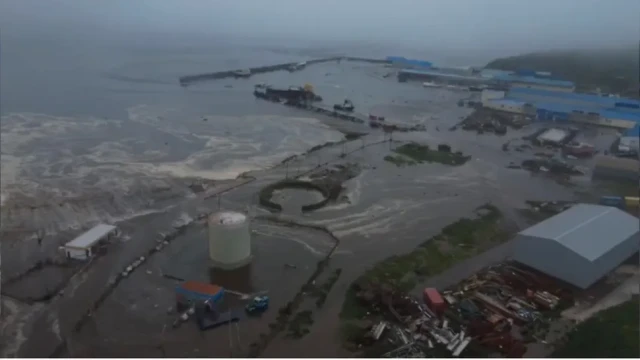



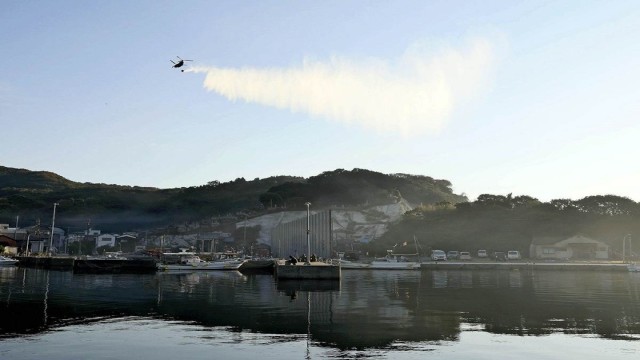
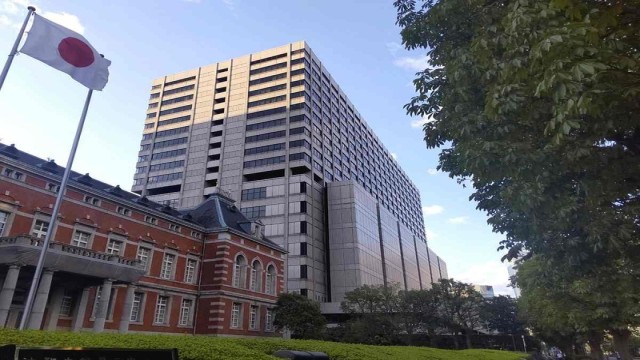
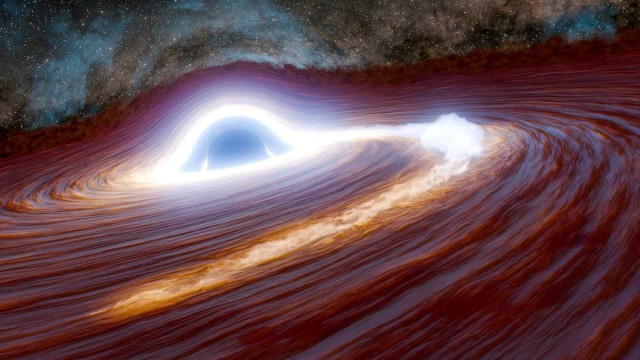
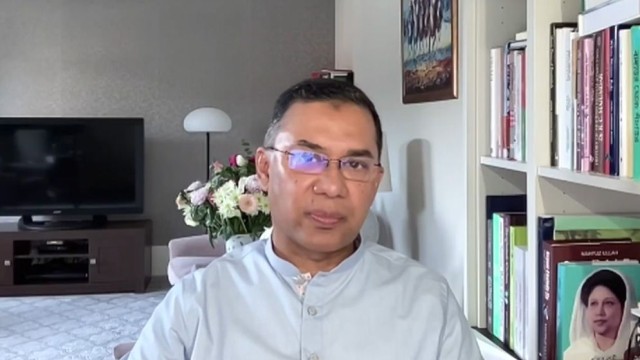
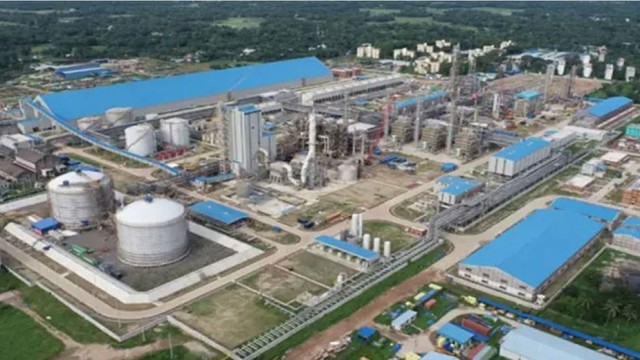



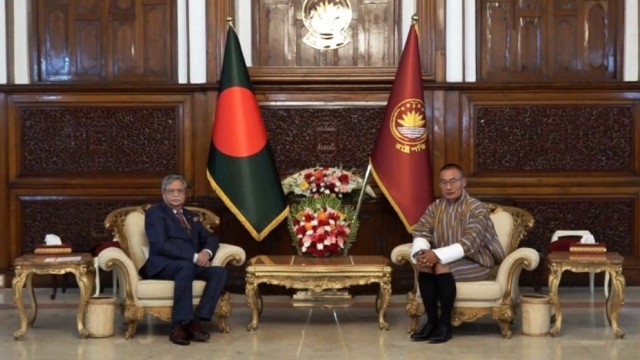

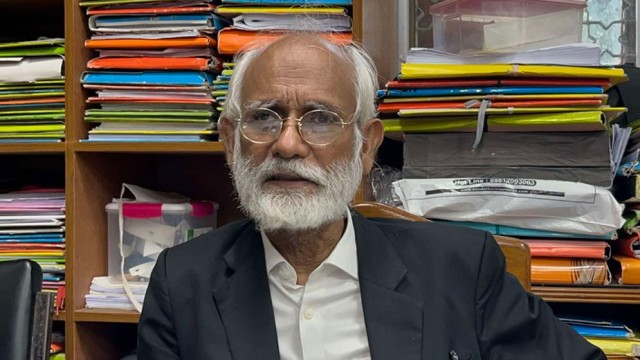



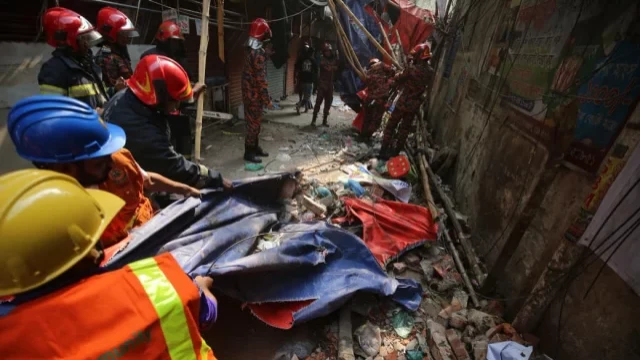

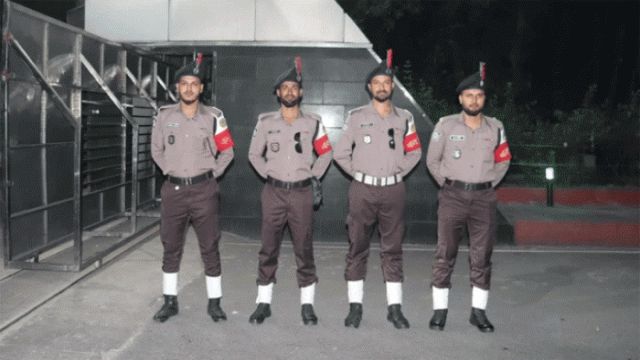
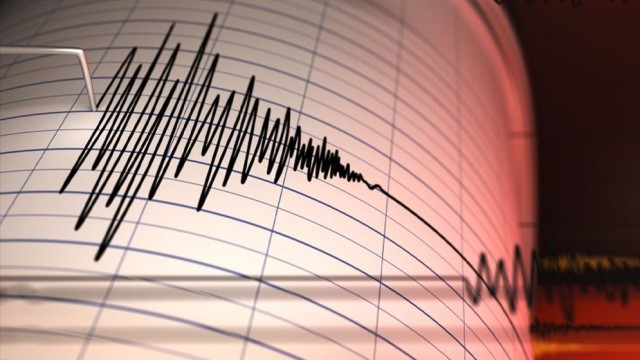
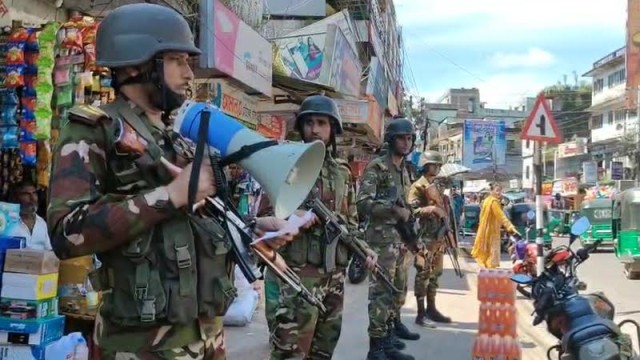
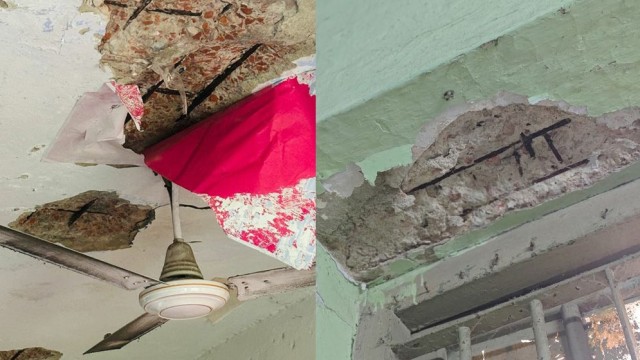



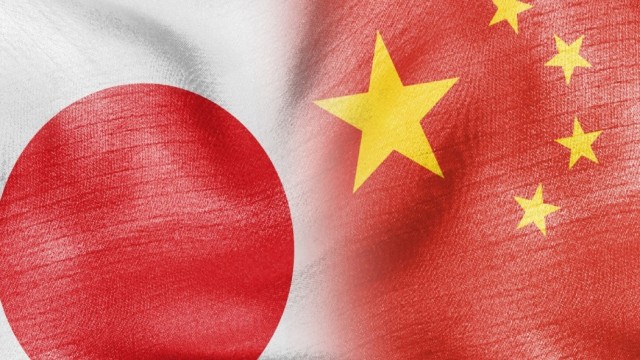
Comment: